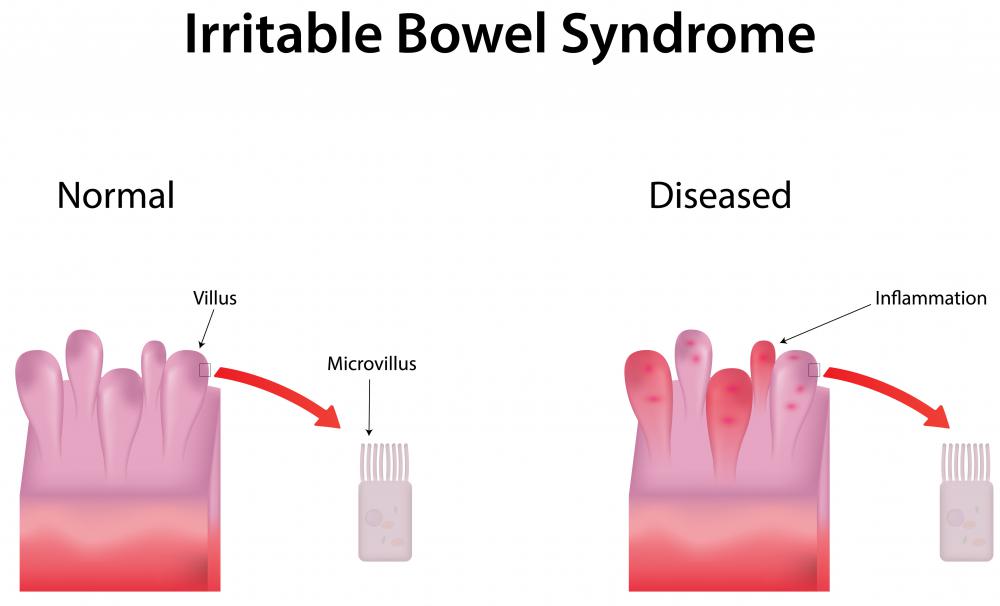At WiseGEEK, we're committed to delivering accurate, trustworthy information. Our expert-authored content is rigorously fact-checked and sourced from credible authorities. Discover how we uphold the highest standards in providing you with reliable knowledge.
What are the Medical Uses of Montmorillonite?
Montmorillonite, also known as bentonite clay, has been used medicinally for thousands of years. Clinical studies repeatedly show that clay may be an effective treatment for many medical issues. It is known to have antibacterial properties and is effective as a topical treatment for skin problems. Montmorillonite clay is also used to treat internal medical conditions in both humans and animals. Taking the clay internally is contraindicated in some situations.
This clay appears to have antibacterial properties. Studies confirm that E. coli and other bacterias die in the presence of medicinal clay. Montmorillonite appears to significantly reduce the growth rate of deadly methacillin-resistant staphylococcus aureus bacteria, commonly known as MRSA.

Other applications of this medicinal clay include taking it internally to soothe an upset stomach. It may also be helpful in the treatment of irritable bowel syndrome. In addition, the clay may absorb uric acid, as well as prevent cholesterol from being easily absorbed into the bloodstream from the intestine.
Clay is used in chelation therapy to detoxify the body from poisonous heavy metals. The montmorillonite renders the harmful components inert and allows them to pass out naturally. Chelation therapy is sometimes reported as a good treatment for autism, but this claim does not have research to support it.

Researchers have also studied the use of this type of clay on candidiasis and aflatoxicosis. When clay was taken internally, the Candida yeast causing the candidiasis was immobilized, suffocated, and eventually removed from the body. Clinical studies indicate that the treatment may be even more effective when clay is combined with a monolayer surfactant that weakens the yeast's ability to resist the clay's medicinal effects.

Aflatoxins are produced by the genus of fungus known as Aspergillus. These fungal byproducts are very carcinogenic and may result in aflatoxicosis. According to scientific studies, montmorillonite clay protects against aflatoxins. Taking the clay internally may be a good way to prevent aflatoxicosis in humans and animals.
In addition to preventing aflatoxicosis in animals, montmorillonite has other agricultural applications. For example, scientists from the University of New England wanted to find a cure for a stomach malady that was afflicting sheep herds in Australia. By chance, the scientists found that adding a half an ounce (15 ml) of montmorillonite to the herd's drinking water resulted in increased wool growth and better digestion, which helped prevent the stomach condition.

Ingesting montmorillonite clay is generally considered safe for most people. In some instances, however, this practice can be dangerous. Taking clay internally is contraindicated for people who take prescription or herbal medications unless they are closely monitored by a doctor. Those with high blood pressure should not use clay internally. Medicinal clay should be avoided by people who have been diagnosed with iron intolerance. Those interested in medicinal clay would be wise to consult their physicians prior to beginning self-treatment.
AS FEATURED ON:
AS FEATURED ON:


















Discussion Comments
Montmorillonite is not bentonite, it is AKA, but erroneously. Montmorillonite is a magnetic crystal. Bentonites are defined as impure clays that have montmorillonite in them. Also, only the clays with Zn, Mn, Cu and Fe have anti microbial properties. Also, intolerance of Fe is incorrect, montmorillonite removes iron as Fe is positively charged. That is why women during their period or have anemia should not take it. You are talking about bentonites high in Fe related impurities having a released iron if ingested. Not all bentonites are the same. However they all have one thing in common, they have montmorillonite in them. The higher the montmnorillonite content the more powerful the clay is. You can actually buy pure montmorilllonite crystalline powder. Check the vendors lab report for the actual percentage of montmorillonite content. Most vendors know this is an issue for educated enthusiasts and do not publish it. That is why it is AKA, a marketing ploy to misinform.
Post your comments